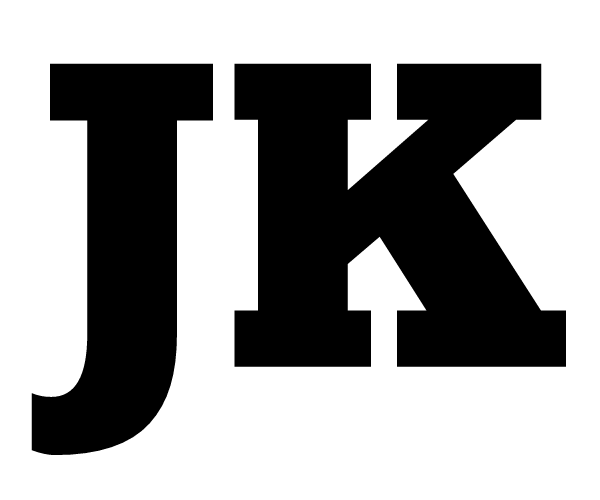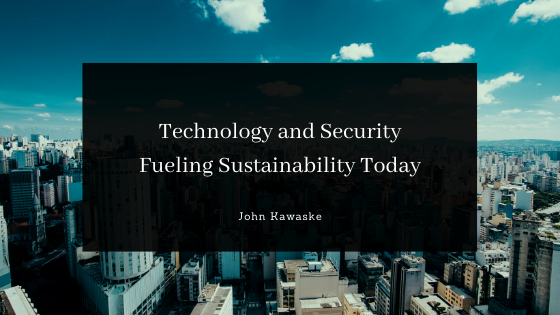The Internet of Things (IoT) has led to enormous overhauls for personal and business sustainability. Now, it’s easier than ever to manage anything that has an electrical current or a mechanical switch by using internet access. And, while there are plenty of benefits, this update also comes with its fair share of risk.
Benefits of IoT
These IoT benefits extend to city-wide implementation, and it was only a matter of time. Even simple, well-known benefits, such as smart lighting and smart cameras for energy conservation and safety, can create massive benefits.
Although IoT has generated a new wave of smart electronics such as traffic lights, modern and future tech are defined by artificial intelligence (AI) and machine learning. Even something as simple as a smart, self-learning traffic light can improve a city’s sustainability. By analyzing traffic patterns, peak traffic hours, and monitoring real-time flow, there are fewer idling vehicles on the roads and reduced commute times for most drivers. These details can help in other areas such as emergency response, security, and event planning.
Other parts of city management such as water treatment and distribution, electrical grid management, sewage management, and making city access easier for logistics companies can come from AI-delivered data.
Factories in Raleigh, North Carolina, and San Jose, California, can wind down on emissions thanks to AI. These advanced technologies exert influence by cleaning water, diverting and reducing waste, and generating clean energy.
It’s all about gathering information, analyzing that information, making information available, and observing results. With every iteration, successes and mistakes included, people and technology can learn and grow.
Cybercrime and Automated Risks in Sustainability
Anything made can be broken, and any benefits listed in sustainability can be tampered or turned against its users. Just as any tool can be a weapon, sustainability experts should keep an eye out for misuse.
Caution doesn’t mean avoidance. If anything, avoidance makes the world more dangerous as others gain more considerable advantages. Instead, weave cybersecurity into sustainability to learn about creative attacks and how to make better choices.
Hijacked sustainability tools can wreak havoc, such as shutting off signals or sending sprinkling systems haywire. Figuring out how the attacks are happening is critical, but it also helps maintain low-tech solutions.
When a high-tech system fails, people need to manage manual methods of doing the same old job. With the information learned from new tech, better ways of doing the same old job will allow sustainability professionals to audit tech and improve manual labor.
What does that mean? New tricks for human hands, and better lessons learned when sustainability technology is brought back online. Security patches are well-known, but patching performance can happen as well. In the end, improved security can lead us to improved sustainability—the best of both worlds.
John Kaweske of Colorado Springs is a biodiesel fuel and technology expert. As President of Bio Clean Energy, S.A., he draws from 20 years of professional experience to offer valuable insight into the industry. When he isn’t working on clean energy efforts, he’s spending time with his family and practicing daily meditation.

